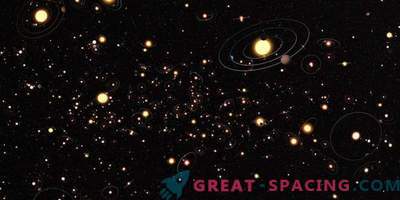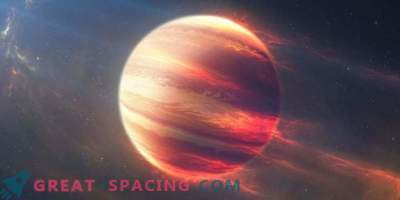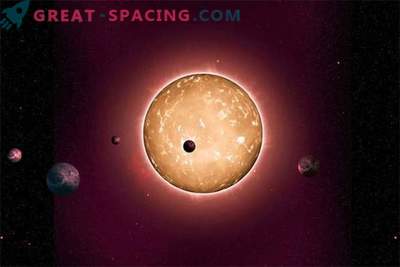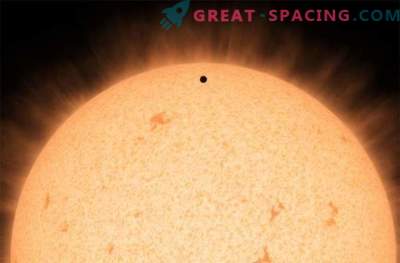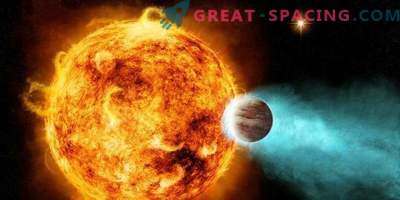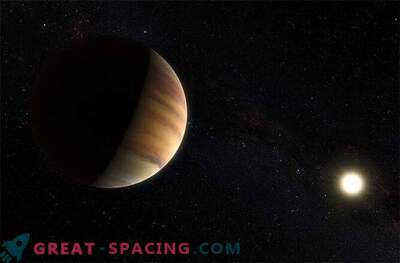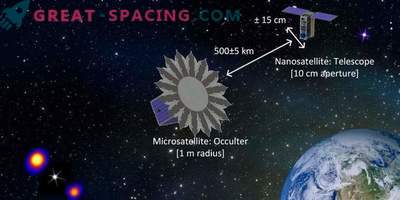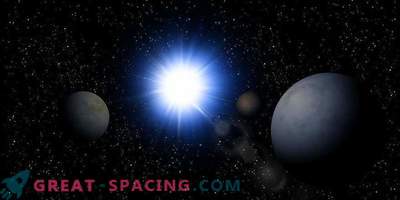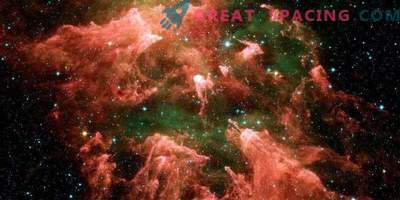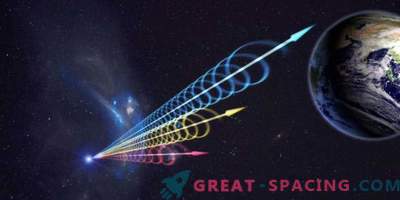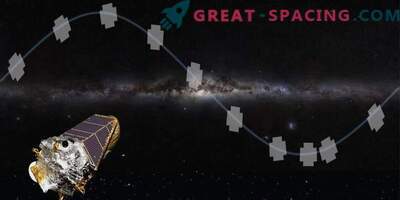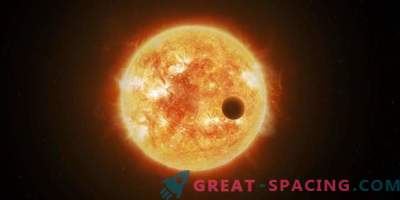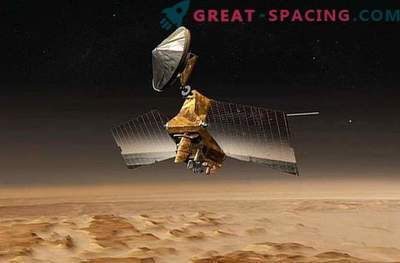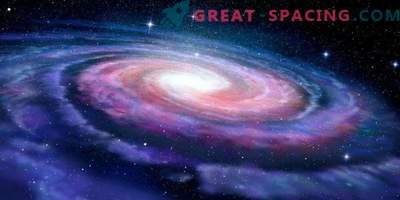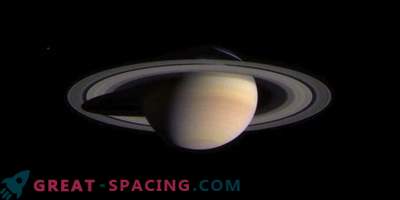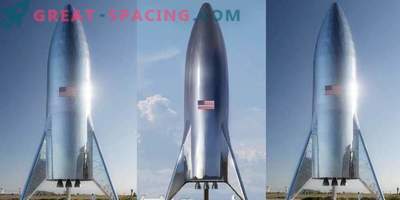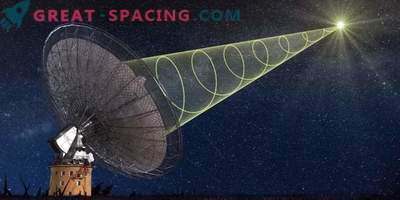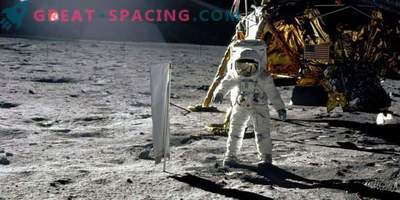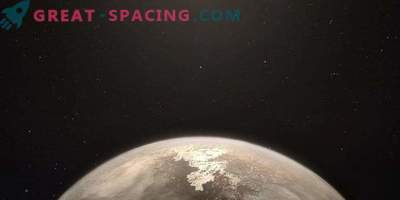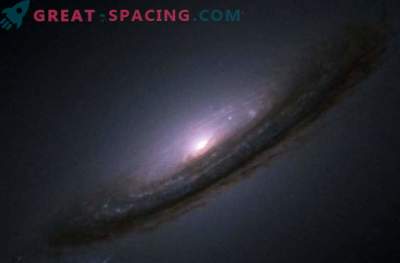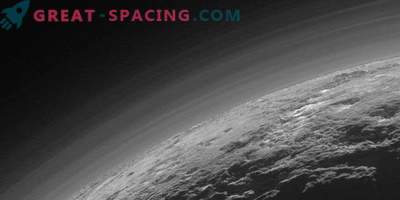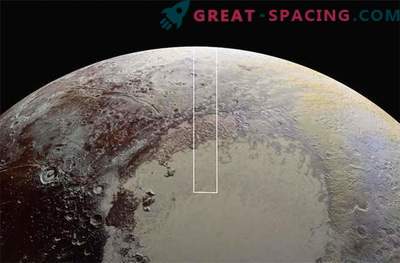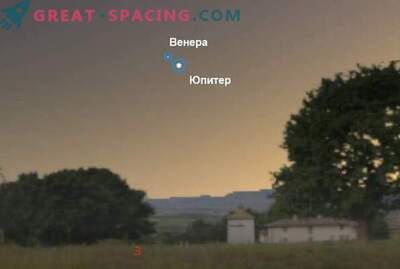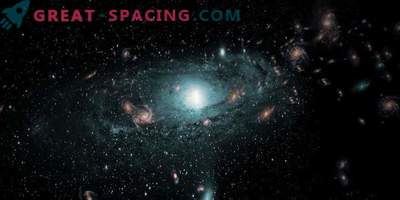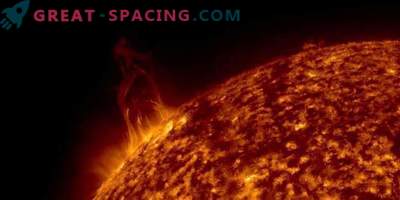
At a distance of 260 million light years, it was possible to find a hot metal planet about the size of Earth and the density of Mercury. The object was called K2-229b. The planet is 20% larger than the Earth in size, 2.5 times more massive and warms up to 2000 ° C in the afternoon.
For the search, the K2 telescope and the Doppler spectroscopy method were used. Scientists knew that the planet is in a particular place because of the observed dips in the light of the host star (the object rotates around its star and blocks its rays).
The researchers then analyzed the size, position and massiveness of K2-229b through measurements of the radial velocity of the star and determining the level of fluctuation of starlight in orbit due to the gravity tug in the form of a planet.
It is worth noting that Mercury stands out among the solar planets due to the high level of iron, which hints at a different formation history. It was therefore surprising to find an exoplanet with the same high density. Perhaps planets like Mercury are not at all uncommon. It is also interesting that K2-229b is the most internal planet in the system of at least three planets. One of the hypotheses explaining the dense metal nature is that the atmosphere was destroyed by a powerful stellar wind and flashes, because the object is located close to the star.

Dr. David Armstrong from the Astronomy and Astrophysics Group of the University of Warwick
There is also an option that K2-229b was formed due to a large collision of two large-scale astronomical bodies billions of years ago. This is reminiscent of the theory of the formation of our moon. The discovery of such planets allows us to better understand how bodies were created in the solar system.
